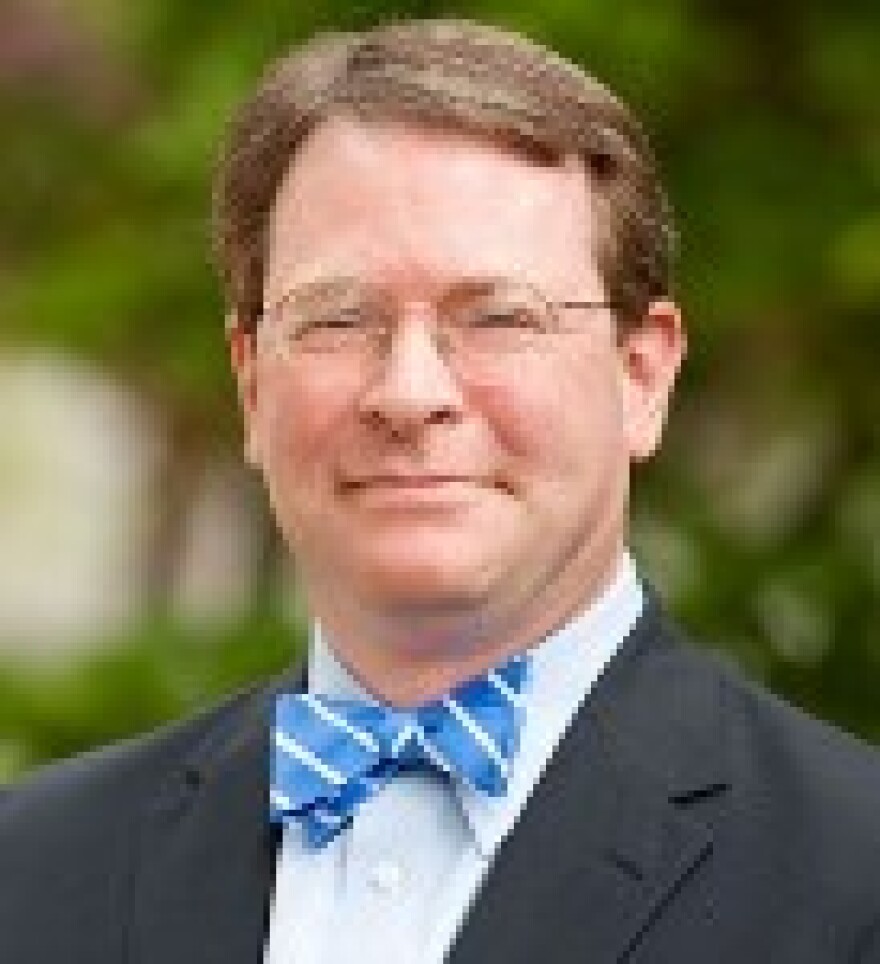With the first four days of in-person early voting under way, the number of voters showing up to cast ballots in North Carolina indicates that there appears to be an energy level that may be running against the grain of conventional wisdom.
More than 295,000 voters have utilized in-person early voting; within these first four days of voting, 2014 has reached the same level of votes cast as we saw on the eight day of early voting in 2010. If you calculate the same day total from this year against the same-day cumulative total in 2010, North Carolina is at 85 percent of what we saw at this same point four years ago in the last mid-term election.
Breaking the 2014 in-person early voting so far reveals some interesting trends when it comes to partisan voting patterns.
Ballots cast by registered Democrats statewide are currently at 93 percent of where they were in the last mid-term election; even more surprising is the fact that registered unaffiliated voters nearly at the same level (98 percent) as they were in 2010 with a week to go before the election.
This seems to indicate, at least statewide, that the GOP ‘energy’ advantage that many polls have indicated on a national-level may not be playing out as expected in North Carolina.
In fact, among registered Republican voters casting in-person early votes, they are only 68 percent of their 2010 same-day total in the first four days of this year.
It would appear that the group whose party supported and enacted a reduction in the number of days (but not hours) of in-person early voting isn’t responding in comparable fashion to what they did when there was the 2010 GOP wave election year.
So how did this year’s in-person early voters participate in the last mid-term election? By comparing the voter data files from this year and the 2010 election, a picture can be viewed of if, and how, this year’s in-person early voters participated (or not) four years ago.
Again, breaking the pool of early in-person voters into their party registration, we see that the overwhelming majorities among partisan voters participated by casting their 2010 ballots in-person before Election Day. Another sizable portion (anywhere from 21 to 24 percent) of the three different groups have shifted their method of voting from casting their ballot on Election Day in 2010 to in-person early voting this year.
What is another interesting trend, however, are the registered unaffiliated and registered Democratic voters who didn’t participate in 2010’s election (whether because they were not in the state, weren’t registered, or simply choose not to vote that year) but have voted already in this year’s election.
With 21 percent of registered Democrats and 27 percent of registered unaffiliated voters who didn’t vote in 2010 but have this year, this might be another early indication of a substantial energy level not just on the Democratic side (which has been talked about being below the GOP’s enthusiasm level) but also among unaffiliated voters as well.
With another eight days to go in in-person early voting, the numbers seem to be promising not just for registered Democrats, but perhaps a broader potential impact by unaffiliated voters to boast what is traditionally a voter turnout of between 37 and 44 percent come November 4.


